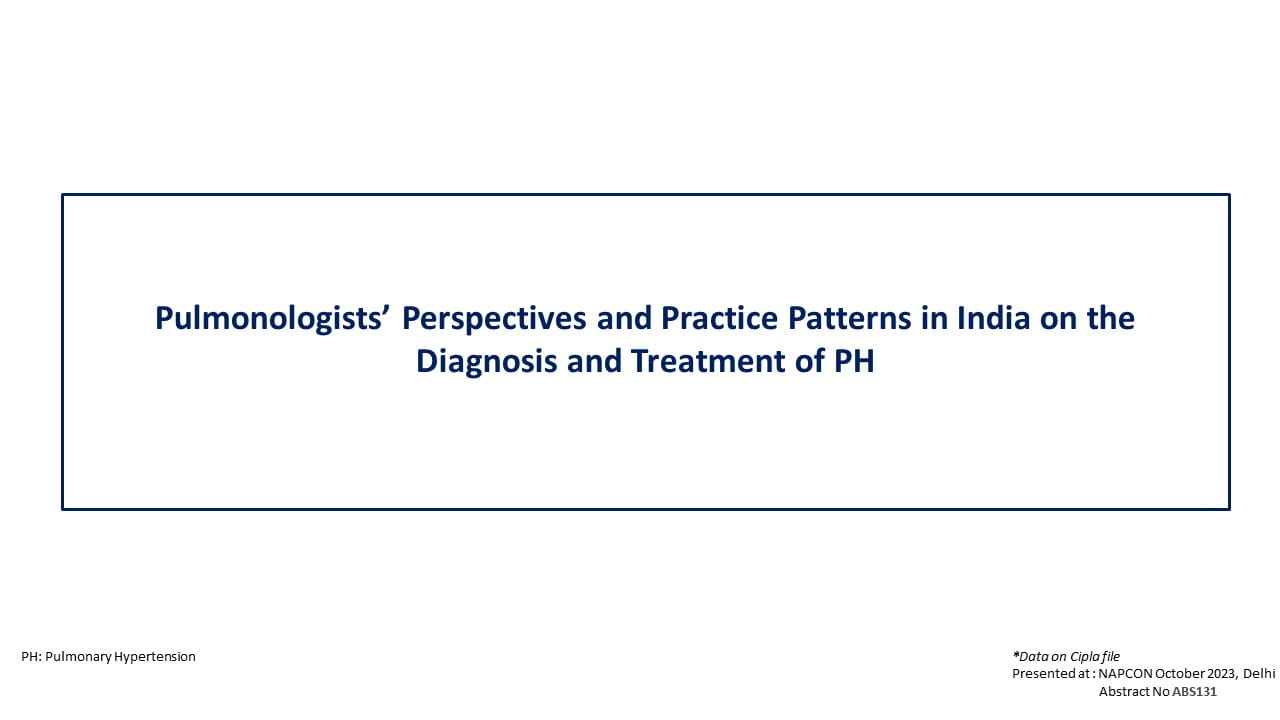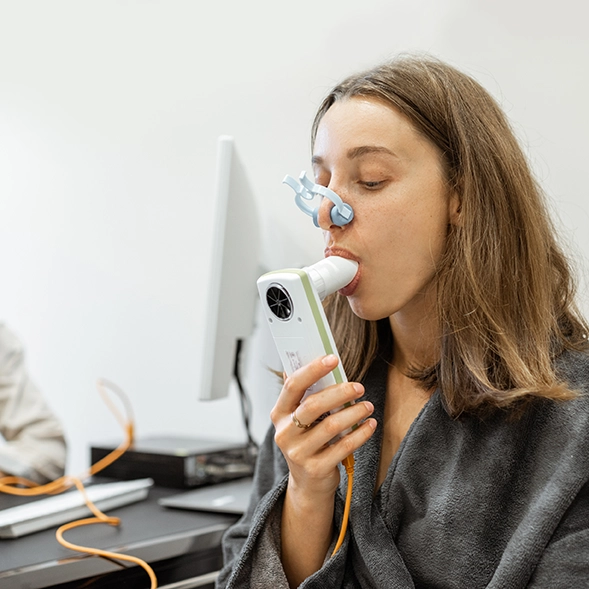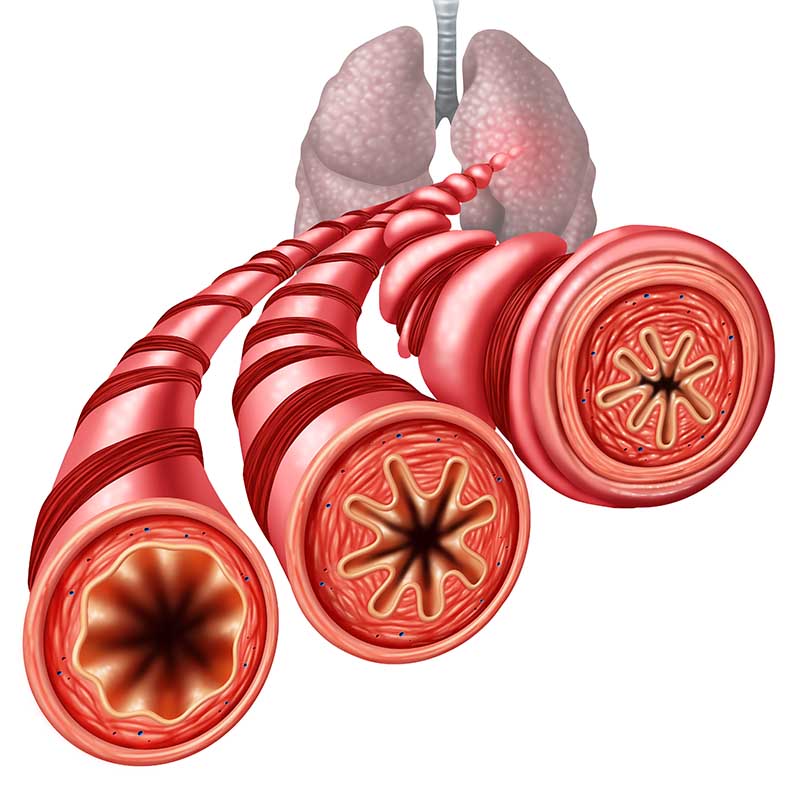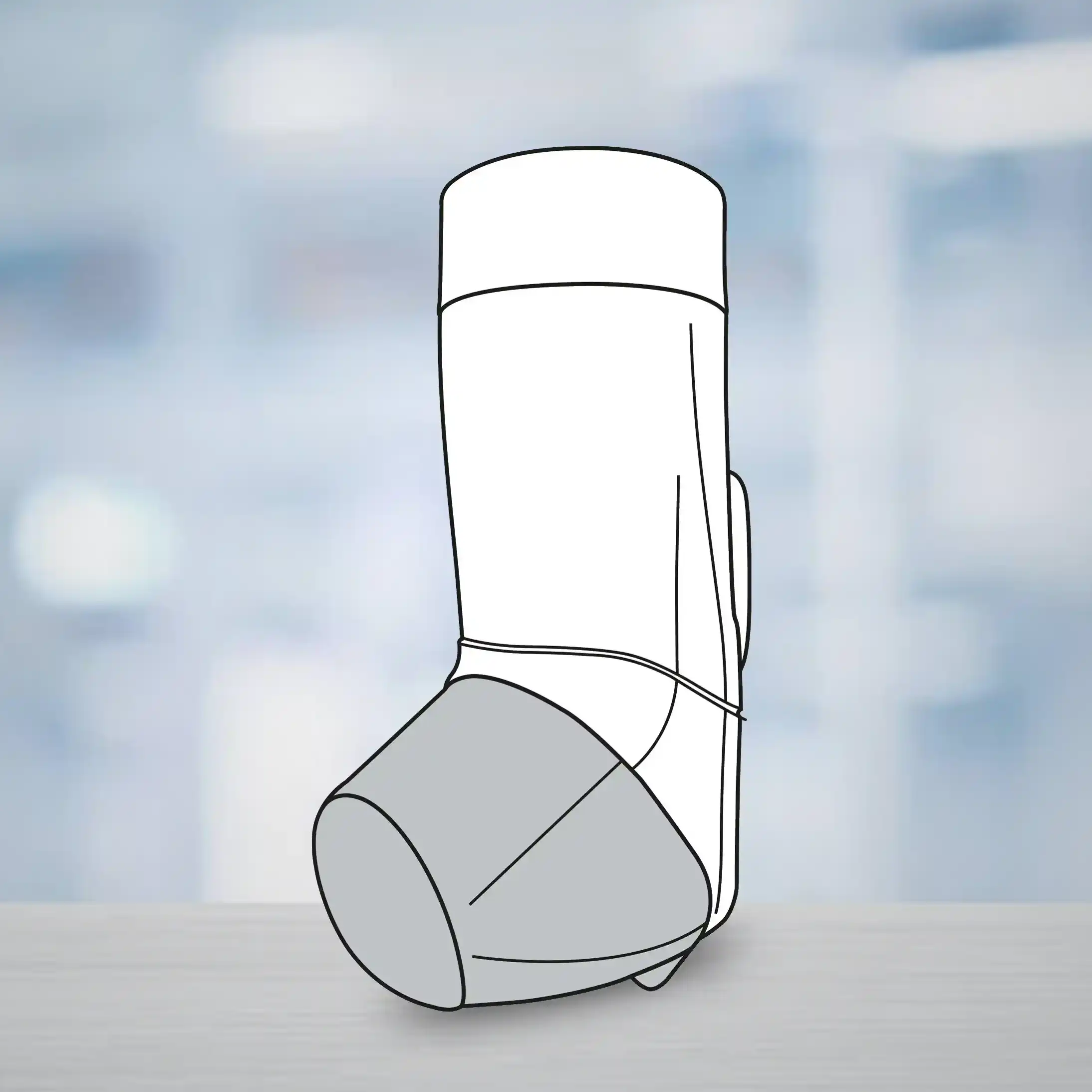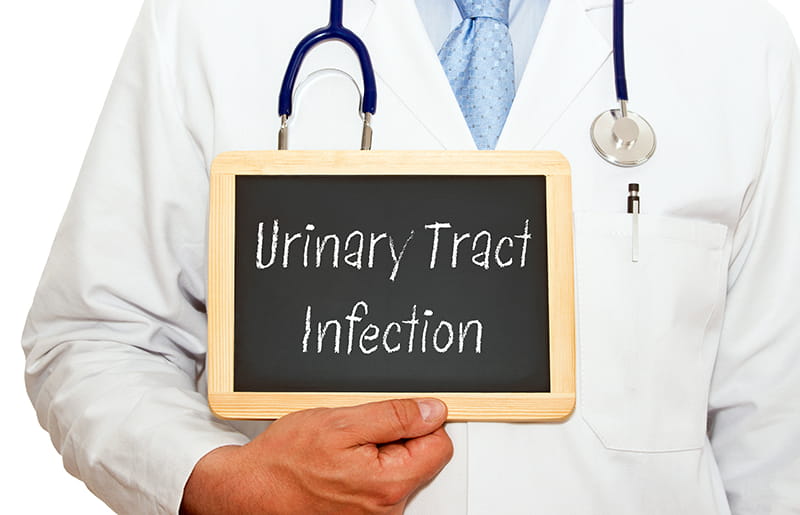Treatment of Community-Acquired Pneumonia in Children: Short- vs. Standard-Course Outpatient Antibiotic Therapy
4 Mar, 22
Introduction
Younger children affected with community-acquired pneumonia (CAP) are usually treated with a 10-day course of antibiotics. Although shorter antibiotic courses have been effectively tested in this patient subgroup, the potential associations between shorter treatment duration and its impact on various genes related to antibiotic resistance have not been evaluated.
Aim
To compare a short (5-day) vs. standard (10-day) antibiotic treatment regimen for the treatment of CAP in young children
Patients Profile
- Children (age; 6-71 months) diagnosed with uncomplicated, non-severe CAP attending outpatient clinic, or admitted to urgent care, or emergency settings in 8 US cities (n=380)
- The study participants were prescribed either amoxicillin, amoxicillin and clavulanate or cefdinir as per the standard of care
- All the study participants demonstrated early clinical improvement.
Method
Study Design
- A multicenter, randomized, double-blind placebo-controlled superiority clinical trial
Treatment Strategy
- Patients were treated with amoxicillin or amoxicillin and clavulanate, both at a dose of 80 to 100 mg/kg/d (maximum 2000 mg/d) of the amoxicillin component divided twice daily, for patients treated with cefdinir, the dosage was; 12 to 16 mg/kg/d (maximum 600 mg/d) divided twice daily.
- On the 6th day of treatment, patients were randomized 1:1 to receive 5 days of matching placebo (short course; n=189) or 5 additional days of the standard antibiotic (standardized course; n=191).
Outcomes
- The end-of-treatment response adjusted for duration of antibiotic risk (RADAR)
- A composite end point that ranks each child’s clinical response resolution of symptoms, and antibiotic-associated adverse effects in an ordinal desirability of outcome ranking (DOOR).
- Throat swabs were collected between study days 19 and 25, in a subset of children to quantify antibiotic resistance genes in oropharyngeal flora.
Results
- The mean age of the study population was 35.7 months, 51% (n=194) of them were male. Of the entire study population, 8 were Asian, 99 were African American, 234 were White, 32 were multiracial, and 7 were of unknown or unreported race; 33 were Hispanic or Latino, 344 were not Hispanic or Latino, and 3 were of unknown or unreported ethnicity.
- The two strategies did not differ in terms of the DOOR or its individual components.
- Less than 10% of children in either strategy reported an inadequate clinical response. Compared with the standard-course, the short-course strategy had a 69% probability of a more desirable RADAR outcome.
- The resistome analysis included 171 children. The median number of antibiotic resistance genes per prokaryotic cell (RGPC) was significantly lower in the short-course strategy compared with the standard-course strategy for total RGPC (1.17 vs. 1.33; P = 0.01) and ?-lactamase RGPC (0.55 vs. 0.60; P = 0.03)
Conclusions
- Amongst children responding to initial treatment for outpatient CAP, a 5-day antibiotic strategy was safe and effective approach when compared with a 10-day strategy.
- Compared with standard course, the shortened approach (5-day course) achieved similar clinical response and antibiotic-associated adverse effects.
- The shortened course reduced the antibiotic exposure and was associated with a significantly lower number of antibiotic resistant genes.
- Implementation of this strategy may optimize the treatment efficacy, lessen unnecessary antibiotic usage, and reduce the prevalence of antibiotic resistance genes among colonizing oropharyngeal flora.
JAMA Pediatr. Jan 18, 2022 (Published Online); doi:10.1001/jamapediatrics.2021.5547


